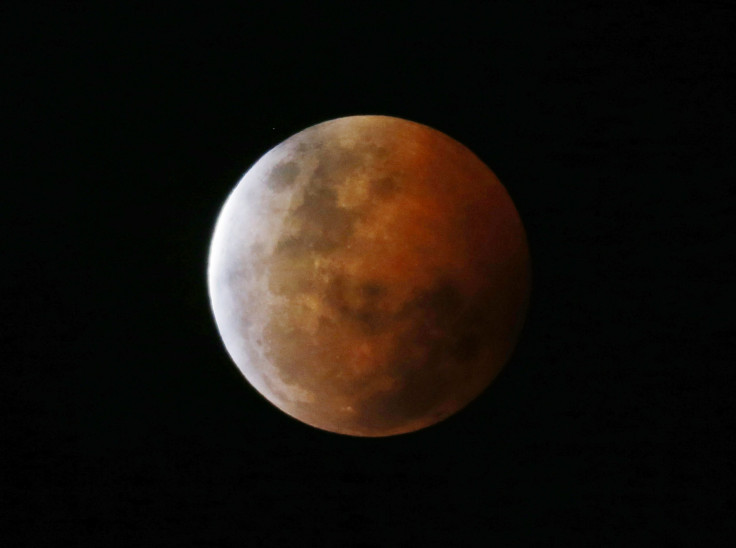Total Lunar Eclipse: This Week's Event Will Be The Last Until 2025
KEY POINTS
- Tuesday's total lunar eclipse will be visible in various places, including North America
- The next total lunar eclipse will be in March 2025
- Skywatchers may use binoculars for better views of the "Blood Moon"
Skywatchers may not want to miss this week's total lunar eclipse because it will be the last one until 2025.
The total lunar eclipse will be in the early hours of Tuesday, NASA noted. It will be visible across eastern Asia, Australia, the Pacific and North America. It will be the "last total lunar eclipse for the next three years" as the next one won't take place until years later on March 14, 2025, according to the agency.
In between the two eclipses, however, skywatchers will still get to see partial and penumbral lunar eclipses.
During the event, skywatchers will see the Moon turn to an eerie shade of red, which is why it has the nickname "Blood Moon." Unlike solar eclipses, people won't need to use special equipment to view it. They need only their eyes or perhaps a pair of binoculars or a telescope if they want to see the deeper details of the Moon and to enhance their view of its reddish shade.
The Moon will begin to enter the Earth's shadow at 3:02 a.m. EST, though at this time, the effect of the eclipse won't be as noticeable. The full shadow will be "shifting" across the Moon about an hour later at 4:09 a.m., as per NASA. The totality, when the Moon is "fully shadowed," will begin at 5:17 a.m., with the deepest point of the eclipse at 5:59 a.m. It will start emerging from the Earth's shadow at 6:42 a.m.
Others may need to convert the given times to their time zones to figure out when the eclipse will be visible in their area. For instance, for those in PST time zones, the eclipse will instead begin a bit earlier at 12:02 a.m. PST, with the totality being at 2:17 a.m. They will get to see the eclipse from the beginning until its end at 5:50 a.m. PST, whereas viewing will end for those in EST time zones the moment the Moon begins to set.
What's Up this month? ✨🔭 A total lunar eclipse is on the way to provide a little celestial magic early on the morning of November 8th. Details and downloads at https://t.co/Jc15v5ydmO pic.twitter.com/uqc6rGXr9G
— NASA Solar System (@NASASolarSystem) November 2, 2022
Those who won't get a chance to see it live due to weather conditions or perhaps because they are not in the areas where it will be visible need not fret because there will be livestreams of the event.
For instance, one can view it via this livestream, courtesy of the Springfield Science Museum, or this one from the Astronomical Society of South Australia, for those who want to see the view from Victoria.

© Copyright IBTimes 2024. All rights reserved.






















